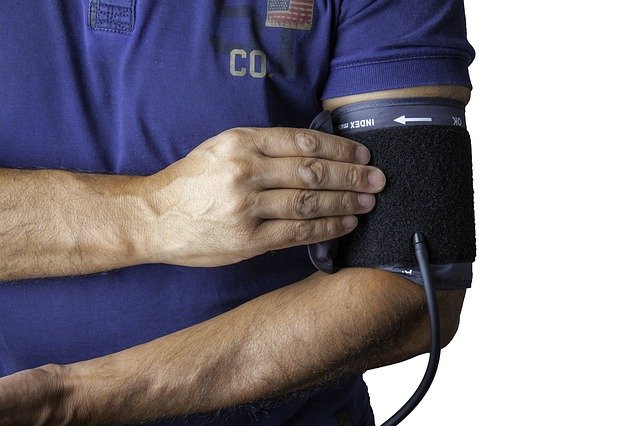
In a recent study, research team from the University of Exeter lead an analysis of more than 3,000 people in Scotland.
All people had blood pressure measurements taken from both arms. The team find that blood pressure difference between two arms linked to heart disease risk.
This finding shows why routinely measuring blood pressure in both arms is so important.
Previous research has mainly focused on people who have already encountered heart disease or hypertension.
This research focused on people who had been identified as having a higher risk of heart disease or hypertension, but who had not yet had any episode of either.
These people were healthy, but at higher risk of cardiovascular disease when took part in the study.
The team found that a difference in systolic blood pressure measurements between the two arms (of 5mm Hg) was linked to almost twice the risk of death from heart-related disease over a period of eight years.
This study confirms that people identified with only a single pair of measurements are still at higher risk of heart disease than those without an inter-arm difference
Researchers suggest that current guidelines state that blood pressure should be measured in both arms when assessing patients for hypertension.
But often this advice is not followed due to time constraints or lack of awareness amongst clinicians.
For accuracy, it is important to test both arms simultaneously to confirm any difference.
Doctors can use repeated assessments to confirm the existence of an inter-arm difference.
Health lifestyle advice can then be given to people identified in this way. This could make a difference to their future health.
The next stage of their research is to quantify the extra risk that an inter-arm difference indicates, and after that, to discover the extent to which this can be protected against.
The study is published in the British Journal of General Practice.
Copyright © 2018 Knowridge Science Report. All rights reserved.



